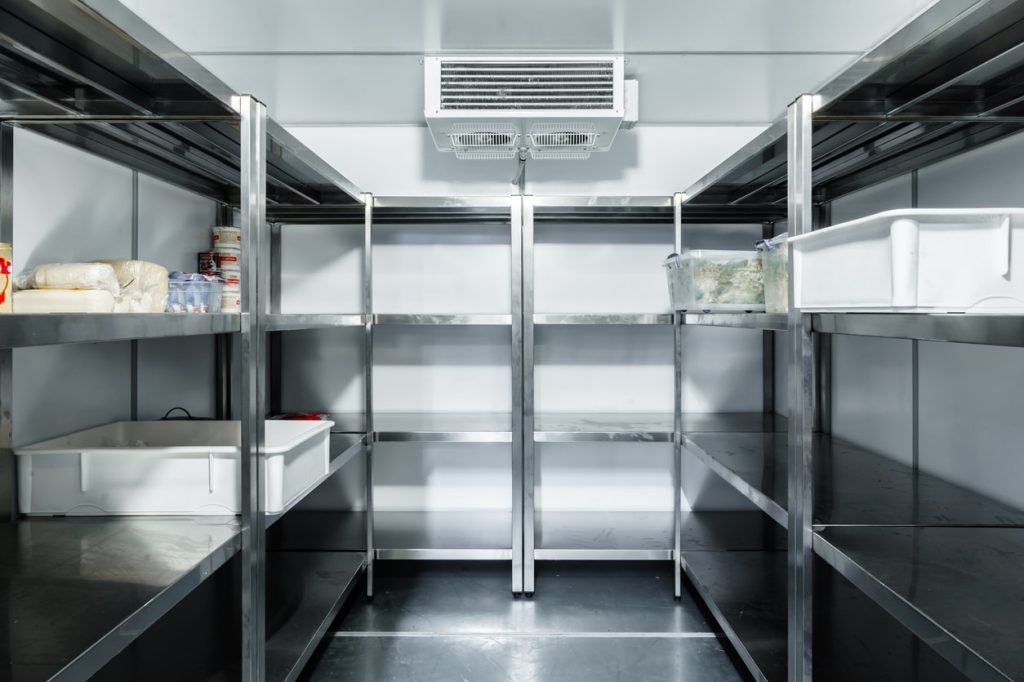Affordable Prices for Cold Room Doors for Your Business Needs
Exploring the Cost of Cold Room Doors Factors Affecting Prices and Making the Right Choice
In the realm of commercial refrigeration and temperature-controlled environments, cold room doors play a pivotal role. Whether it's for a supermarket, restaurant, warehouse, or any facility requiring strict temperature regulation, these doors are essential for maintaining the desired climate and ensuring energy efficiency. When it comes to the price of cold room doors, a variety of factors come into play, impacting the overall cost. In this article, we'll delve into the aspects that influence the pricing of these specialized doors and how to make the best purchasing decision.
Understanding Cold Room Doors
Cold room doors are designed for environments where temperature control is critical. These doors come in different styles and materials, including sliding doors, hinged doors, and even high-speed fabric doors, each serving specific needs and functions. The primary purpose of these doors is to minimize the loss of cold air and prevent the ingress of heat, which helps in maintaining the integrity of the cold rooms they serve.
Key Factors Influencing Price
1. Material The type of material significantly affects the price of cold room doors. Common materials include insulated steel, aluminum, and fiberglass. Insulated steel doors tend to offer the best durability and thermal performance, while aluminum doors are lightweight and resistant to corrosion. Fiberglass doors, on the other hand, provide great insulation properties but may come at a higher cost. Each material has its advantages, and the choice often depends on the specific application and budget.
2. Size and Dimensions The size of the cold room door plays an important role in determining its price. Standard sizes may be more affordable due to mass production, while custom sizes tailored to specific requirements can lead to increased costs. Facilities with larger openings or specialized dimensions will generally incur higher expenses, as bespoke solutions often require additional engineering and manufacturing considerations.
3. Insulation Thickness The insulation value, often expressed in R-value, of a cold room door has a direct impact on energy efficiency and operational costs. Doors with thicker insulation are typically more expensive but can contribute to significant savings in energy bills over time. Investing in better insulation is especially crucial for businesses that operate in regions with extreme temperatures or have high energy consumption.
cold room door price

4. Design and Features Additional features such as windows, automatic opening mechanisms, and seals can increase the price of cold room doors. These enhancements improve usability and functionality but come with added costs. For instance, a door equipped with an automatic opener for hands-free access may be more desirable in busy environments but will also reflect in the overall price.
5. Brand and Manufacturer The brand and reputation of the manufacturer can influence cold room door prices as well. Established brands with a history of quality and reliability may charge a premium compared to lesser-known manufacturers. It's essential to consider the trade-off between cost and quality while selecting a door.
Making an Informed Decision
When considering the purchase of cold room doors, it is imperative to assess the specific needs of your facility. Determine the required insulation levels, size constraints, and any additional features that may be beneficial for your operation. Additionally, it is advisable to obtain quotes from multiple suppliers to get an idea of the prevailing market prices and options.
A thorough cost-benefit analysis can help you weigh the initial investment against long-term savings in energy costs and maintenance. Remember, the cheapest solution may not always be the best choice, especially if it compromises on insulation quality or durability.
Conclusion
Cold room doors are a key component in the management of temperature-sensitive environments. Understanding the various factors that influence their price is essential for businesses looking to make an informed purchase. By considering materials, size, insulation, features, and brand reputation, you can ensure that you invest wisely in a door that meets your operational needs while providing lasting efficiency. Ultimately, the right cold room door is not only an investment in infrastructure but a commitment to maintaining quality and preserving resources in a temperature-controlled environment.
















































































































